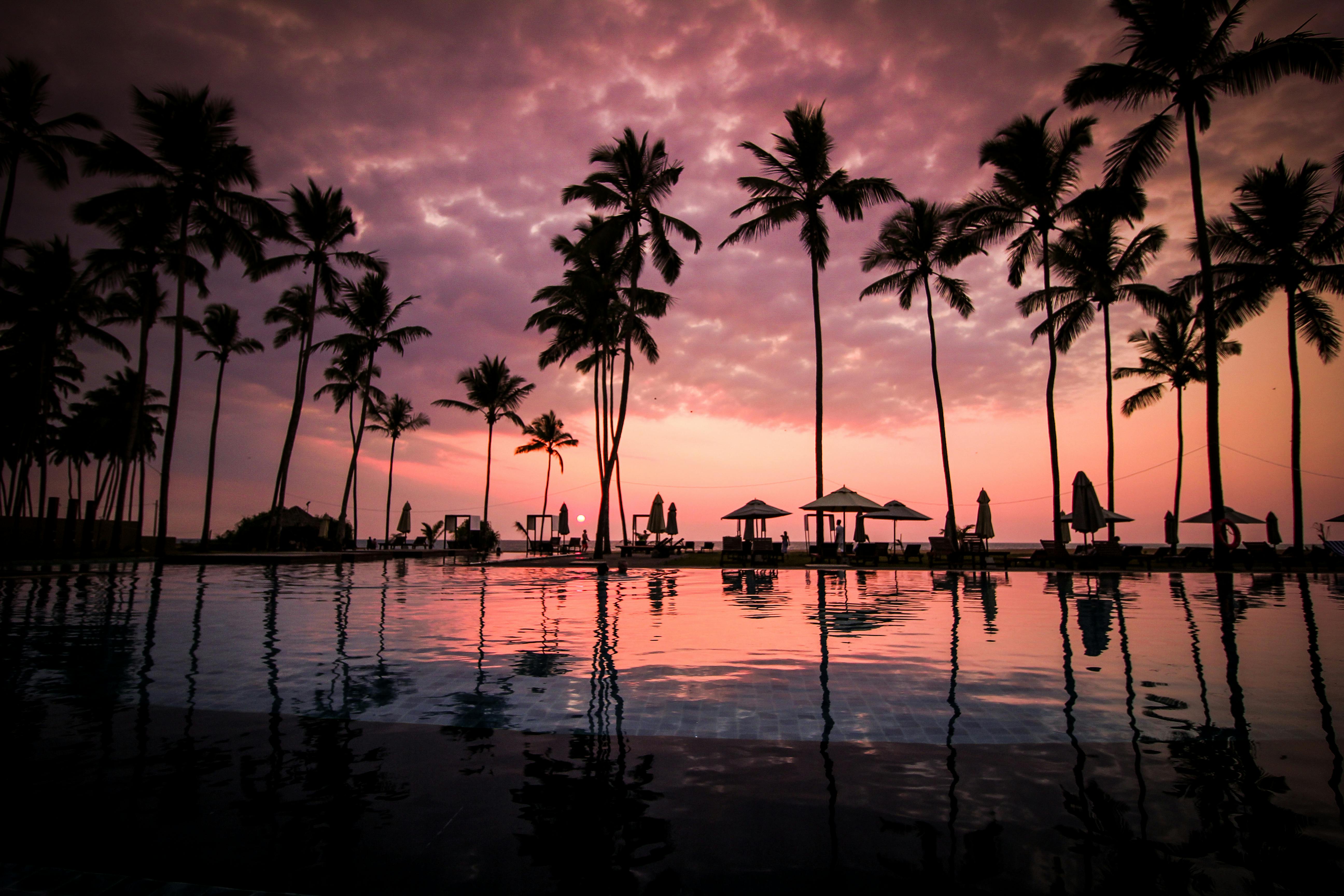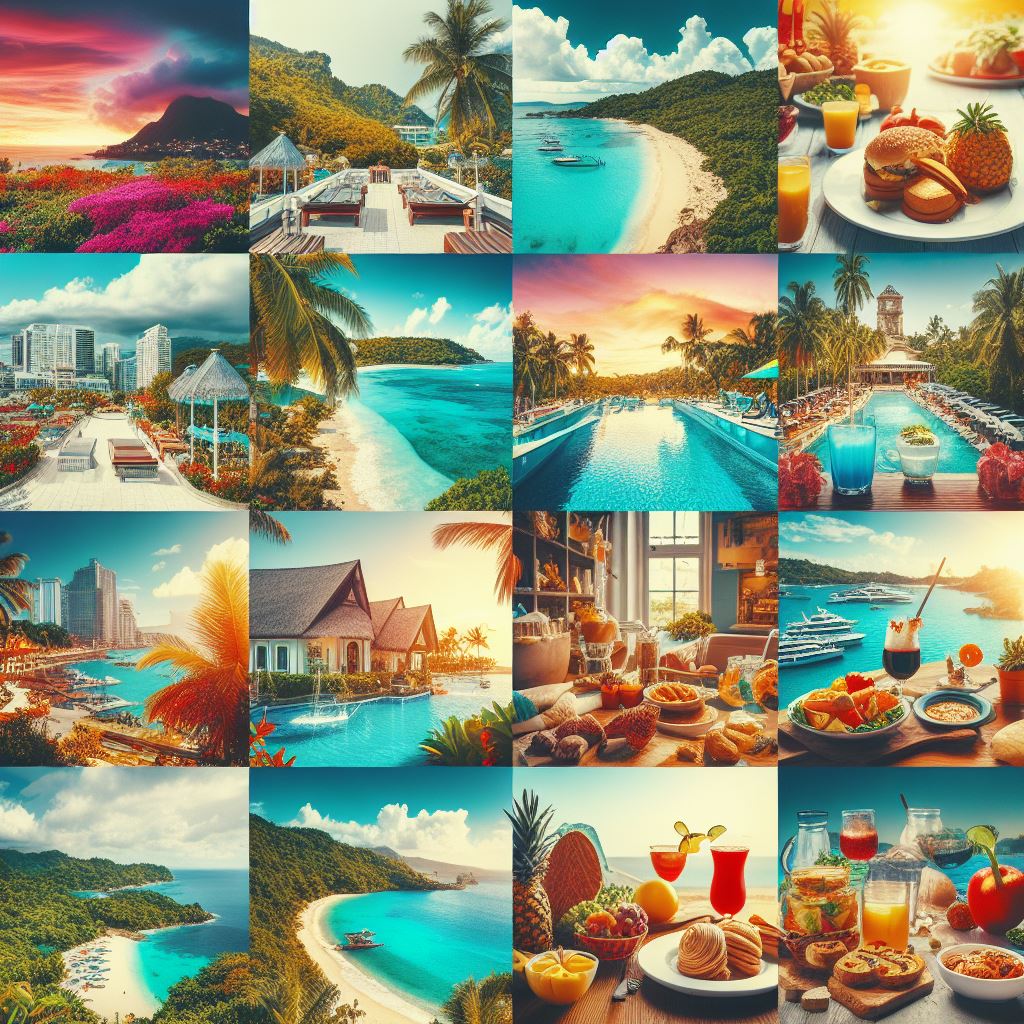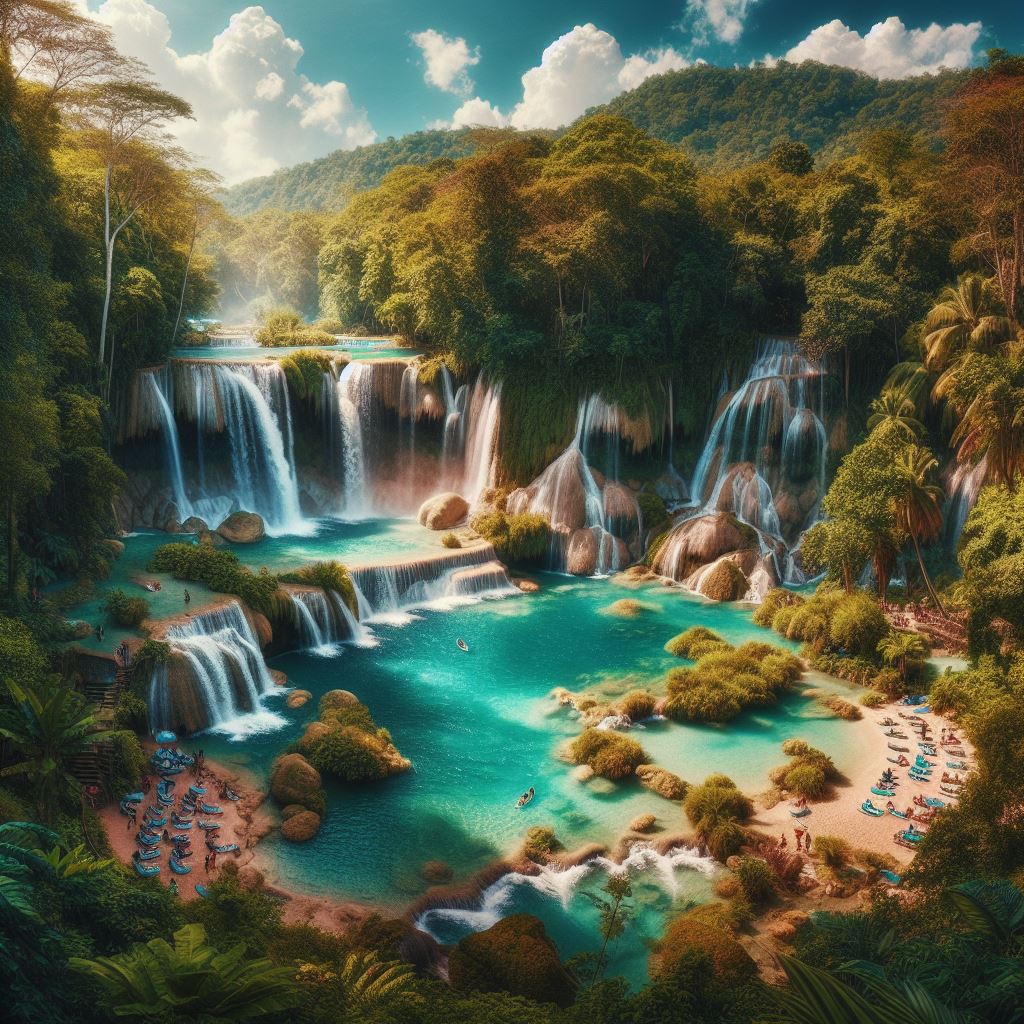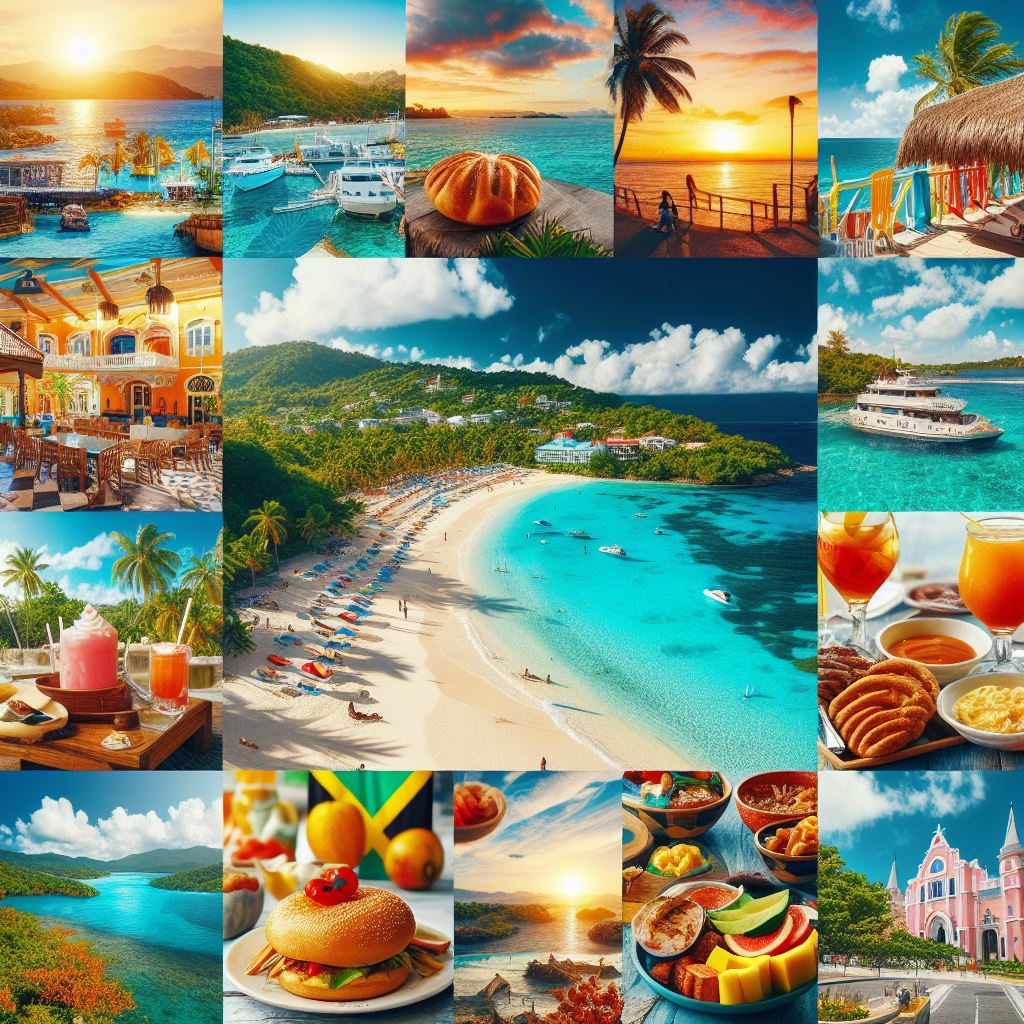Welcome to the heart of the Pacific, where the Hawaiian Islands beckon travelers with their alluring beauty and vibrant culture. Understanding the geography of Hawaii is essential for planning your tropical getaway, especially when it comes to island-hopping. Can you drive to different islands in Hawaii? This is a common question among visitors dreaming of exploring the archipelago’s diversity. In this section, we’ll delve into the island connectivity of Hawaii and what it means for your travel plans.
Explore, Dream, Book – Your Perfect Vacation Starts Here!
Hawaii is composed of over 130 islands, but the main tourist destinations are the six accessible larger islands: Hawai’i (the Big Island), Maui, O’ahu, Kaua’i, Moloka’i, and Lāna’i. Each island has its own unique attractions, from O’ahu’s iconic Waikiki Beach to the Big Island’s volcanoes. However, the islands are separated by channels of water, some spanning vast distances, making it impossible to drive between them. Rather than a network of bridges or ferries that allow for driving from one to another, the options for traveling between the Hawaiian Islands are primarily by air and, to a lesser extent, by sea.
As you contemplate your Hawaiian adventure, keep in mind that while you can’t drive across the ocean, the journey between the islands is an adventure in itself. With careful planning and the right information, island-hopping can be seamlessly integrated into your itinerary, ensuring an unforgettable experience across the Pacific paradise.
Understanding Hawaii’s Geographic Landscape

The Hawaiian archipelago stretches over 1,500 miles in the Central Pacific, formed by volcanic activity millions of years ago. Its islands are the visible peaks of a great undersea mountain range, with each island offering a world of its own. To truly appreciate Hawaii’s geographic landscape, one must recognize the expansiveness and isolation that characterize this unique state. The islands are not only separated by water but by vast distances that make the concept of driving between them logistically unfeasible.
The eight main islands, at the southeastern end of the archipelago, are where most of the population resides. These include Niihau, Kauai, Oahu, Molokai, Lanai, Kahoolawe, Maui, and the Island of Hawaii. Each island is an independent entity with its own ecosystems, climates, and topography. For example, the Island of Hawaii, commonly referred to as the Big Island, boasts 11 of the world’s 13 climate zones, ranging from lush rainforests to arid deserts and snow-capped mountains.
Understanding this geographic diversity is crucial for travelers, as it influences transportation options and travel times. While the thought of driving across the serene and scenic landscapes from one island to another may be enticing, it is the waterways, not roadways, that connect the islands. Next, we will explore the methods of transportation that allow you to hop from one Hawaiian gem to the next, embracing the state’s rich geographic tapestry.
The Reality of Driving Between Hawaiian Islands

When exploring the question, “Can you drive to different islands in Hawaii?”, the reality presents a clear answer: there are no bridges or ferries that can carry a vehicle between the Hawaiian islands. This is due to the channels between the islands being too wide and deep, making the construction of roads or bridges an unsustainable endeavor. The closest islands, like Maui and Kahoolawe, are still separated by the Auau Channel, which is about 8.8 miles wide.
While the concept of an inter-island drive may exist in the minds of many, in practice, it remains an impossibility. The Hawaiian islands are separated not only by miles of ocean but also by legal and environmental protections. For example, the channel between Oahu and Molokai is home to the Hawaiian Islands Humpback Whale National Marine Sanctuary, where the construction of any thoroughfare would disrupt the habitat of these magnificent creatures.
Thus, the primary modes of inter-island travel are by air and sea. Hawaiian Airlines and other regional carriers offer frequent flights between the main islands, which are typically short, ranging from 20 to 50 minutes. For those seeking to sail the seas, there are private boat charters and limited passenger ferry services, such as the one operating between Maui and Lanai. These alternatives offer a chance to witness the breathtaking beauty of Hawaii’s waters while transitioning from one island experience to another.
Alternative Methods for Island Hopping in Hawaii

Since driving between the Hawaiian islands is not an option, visitors must consider alternative methods for island hopping to fully experience the diverse landscapes and cultures each island offers. The most popular and efficient way to travel between islands is by taking an inter-island flight. Airlines such as Hawaiian Airlines, Southwest Airlines, and Mokulele Airlines provide frequent and convenient flights that can whisk you to your next destination in under an hour.
For those seeking a more leisurely pace, several companies operate ferries and cruises. The Expeditions Ferry offers daily trips between Maui and Lanai, providing travelers with spectacular views of the Pacific Ocean and the islands’ coastlines. Additionally, cruising can be an excellent way to visit multiple islands over several days, with the added luxury of onboard accommodations and amenities.
For the adventure seekers, private boat charters are available. They offer a personalized way to travel the waters of Hawaii, with opportunities for snorkeling, fishing, or simply basking in the tropical sun. Lastly, for a truly unique experience, helicopter tours are an extravagant but breathtaking option, giving a bird’s-eye view of the islands’ dramatic landscapes.
Each method of island hopping in Hawaii provides a different perspective and set of experiences. Whether by air or sea, travelers can rest assured that their journey between the islands will be filled with the promise of adventure and the beauty of the Hawaiian archipelago.
Maximizing Your Hawaiian Island-Hopping Experience

To truly maximize your Hawaiian island-hopping experience, careful planning is essential. Begin by researching each island’s unique offerings. Oahu boasts historical sites like Pearl Harbor and vibrant city life in Honolulu. Maui offers the scenic Hana Highway and the majestic Haleakala volcano. Kauai, known as the ‘Garden Isle’, is perfect for nature lovers with its lush landscapes and Waimea Canyon. The Big Island, or Hawaii Island, features diverse climates, from the snow-capped peaks of Mauna Kea to the black sand beaches of Punalu’u.
Once you’ve selected your destinations, book inter-island flights or ferry rides in advance to secure the best times and rates. Consider staying on each island for a few days to immerse yourself in the local culture and explore without rushing. When packing, remember that the weather can vary significantly between islands and even within different regions of the same island, so versatile clothing is key.
Embrace local cuisine and traditions to enrich your journey. Attend a luau, try traditional Hawaiian dishes like poke and poi, and learn about the islands’ history and customs. Engaging with the local community can provide insights and experiences that go beyond the typical tourist path.
Finally, respect the natural environment and cultural sites. The Hawaiian concept of ‘malama aina’, meaning ‘to care for the land’, is an important practice for both residents and visitors. By being mindful of your impact and practicing sustainable tourism, you contribute to the preservation of Hawaii’s beauty for future generations.
Planning Your Multi-Island Hawaii Adventure
Explore, Dream, Book – Your Perfect Vacation Starts Here! Planning your multi-island Hawaii adventure requires thoughtful consideration to ensure a seamless and enjoyable experience. Start by deciding how many islands you want to visit and how much time you can allocate to each one. This will depend on your interests, the length of your stay, and your budget. Create a rough itinerary that includes must-visit attractions and activities, but also allows for spontaneity and relaxation.
Booking accommodations and inter-island travel in advance is crucial, especially during peak travel seasons. Look for package deals or discounts that might be available for multiple bookings. It’s also wise to investigate local transportation options on each island, such as rental cars, public buses, or shuttles, to navigate around with ease.
Consider travel insurance that covers trip interruptions or cancellations, as weather can sometimes affect inter-island travel plans. And don’t forget to check for any travel advisories or requirements that may be in place, particularly with the ever-changing travel landscape.
Remember to pace yourself. While it’s tempting to cram in as many experiences as possible, the true spirit of Hawaii is best enjoyed at a leisurely pace. Allow time to simply soak in the sunsets, walk along the beaches, and breathe in the fresh Pacific air.
With the right planning, your multi-island Hawaii adventure can be an unforgettable journey through paradise. Let the experts at Doylestown Travel help craft your perfect itinerary. Explore, Dream, Book – Your Perfect Vacation Starts Here!

